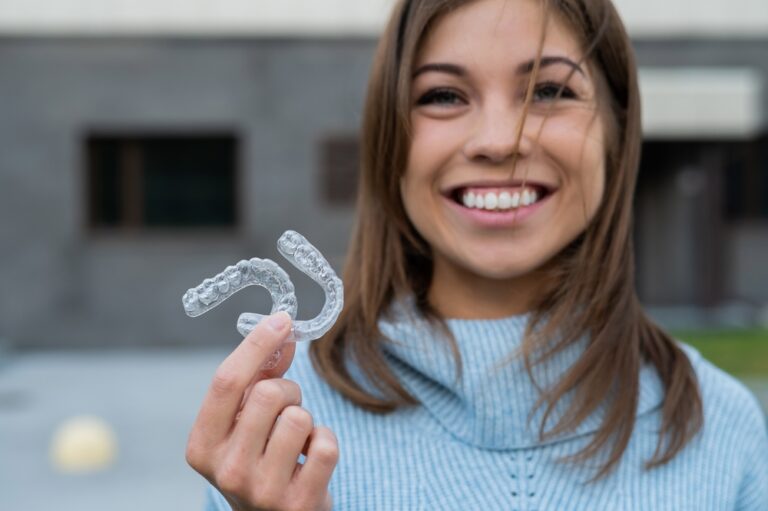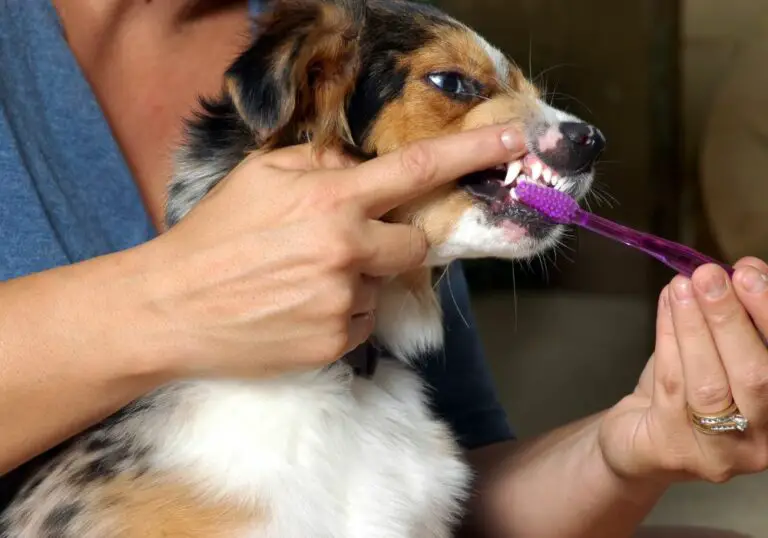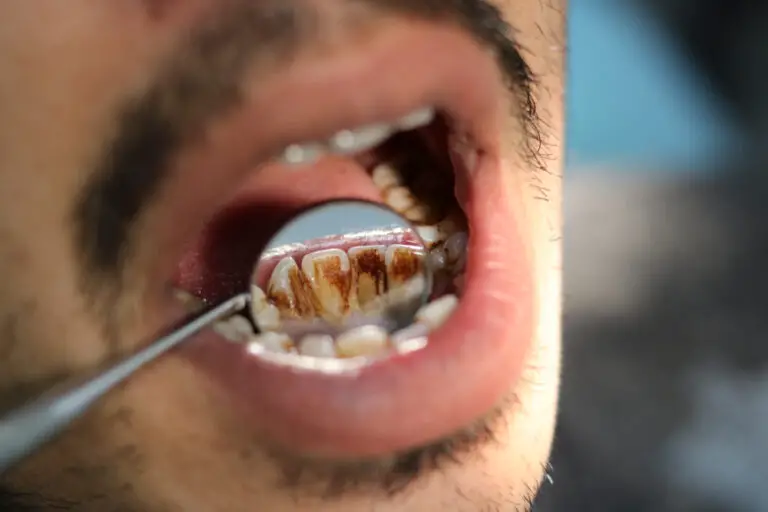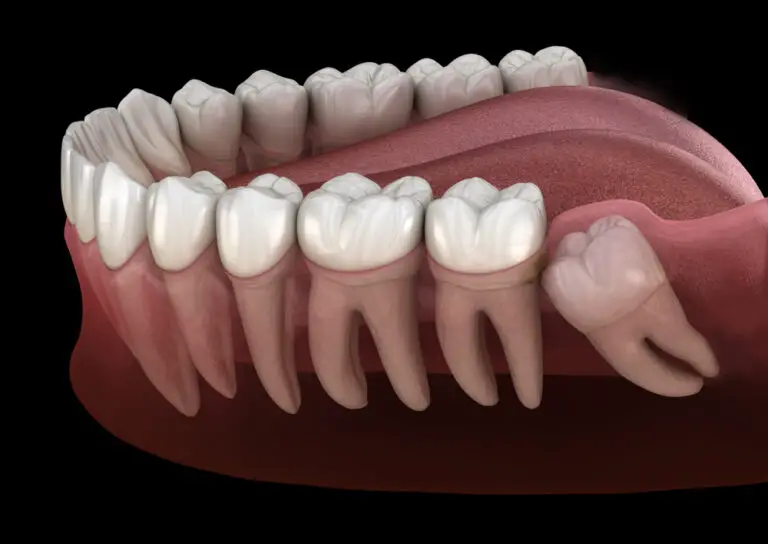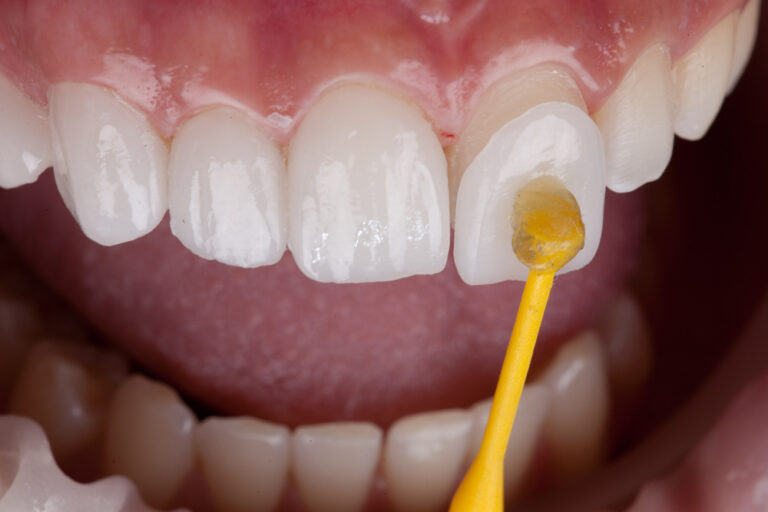Are teeth part of anatomy? The answer is yes, teeth are a crucial part of the anatomy of humans and many other animals. Teeth are hard, mineralized structures that are found in the mouth and are used for biting, chewing, and grinding food. They are also important for speech, as they help to form certain sounds.
The anatomy of teeth is complex, and each tooth is made up of several different parts. The visible part of the tooth is called the crown, which is covered in enamel, the hardest substance in the human body. The root of the tooth is embedded in the jawbone and is held in place by a periodontal ligament. Inside the tooth, there is a pulp chamber that contains nerves and blood vessels.
Proper dental hygiene is essential for maintaining healthy teeth and preventing dental problems like cavities, gum disease, and tooth loss. Regular brushing and flossing, along with regular visits to the dentist, can help to keep your teeth and gums healthy. So, while teeth may seem like a small part of the body, they are actually a vital component of our overall anatomy.
Anatomy and Teeth: An Overview
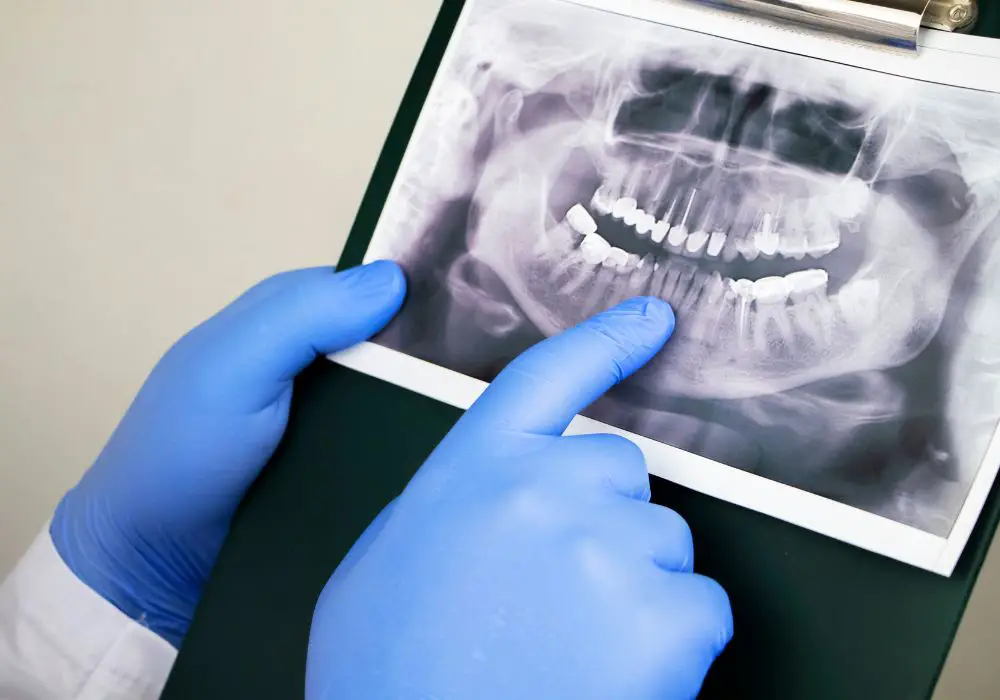
Teeth are an important part of the human anatomy. They are located in the mouth and are used for biting, chewing, and grinding food. Teeth are also important for speech and facial aesthetics. In this section, we will provide an overview of the anatomy of teeth.
Types of Teeth
There are four types of teeth in the human mouth: incisors, canines, premolars, and molars. Each type of tooth has a specific shape and function.
- Incisors: These are the front teeth in the mouth and are used for biting and cutting food. There are eight incisors in the mouth, four on the upper jaw and four on the lower jaw.
- Canines: These are the pointed teeth located next to the incisors. They are used for tearing and grasping food. There are four canines in the mouth, two on the upper jaw and two on the lower jaw.
- Premolars: These are the teeth located between the canines and molars. They have two pointed cusps and are used for crushing and grinding food. There are eight premolars in the mouth, four on the upper jaw and four on the lower jaw.
- Molars: These are the back teeth in the mouth and are used for grinding and crushing food. They have four or five cusps and are the largest teeth in the mouth. There are twelve molars in the mouth, six on the upper jaw and six on the lower jaw.
Parts of a Tooth
Each tooth has several parts that make up its structure. These parts include:
- Enamel: This is the hard, outer layer of the tooth that protects it from damage.
- Dentin: This is the softer layer of the tooth that lies beneath the enamel.
- Pulp: This is the innermost part of the tooth that contains nerves and blood vessels.
- Cementum: This is the layer of tissue that covers the root of the tooth and helps anchor it to the jawbone.
- Root Canal: This is a narrow channel that runs from the pulp to the tip of the root and contains nerves and blood vessels.
Conclusion
Understanding the anatomy of teeth is important for maintaining good oral health. By knowing the different types of teeth and their functions, you can better understand how to care for your teeth and prevent dental problems.
The Role of Teeth in Human Anatomy
Teeth are an integral part of the human anatomy, serving a variety of functions beyond just biting and chewing food. In this section, we will explore the different roles that teeth play in human anatomy.
Chewing and Digestion
One of the primary functions of teeth is to break down food into smaller pieces, making it easier to swallow and digest. The different types of teeth, including incisors, canines, premolars, and molars, all work together to grind food into smaller pieces.
Incisors are the front teeth that are used for biting and cutting food, while canines are the sharp, pointed teeth that are used for tearing and ripping food. Premolars and molars are used for grinding and crushing food.
Teeth also play a crucial role in the digestive process. As you chew, enzymes in your saliva begin to break down the food, making it easier for your body to extract nutrients. Without teeth, this process would be much more difficult, and digestion would be less efficient.
Speech and Communication
Teeth also play an important role in speech and communication. The position of your teeth affects the way that air flows through your mouth, which in turn affects the sounds that you are able to produce.
For example, the front teeth are used to produce sounds like “f” and “v,” while the back teeth are used to produce sounds like “k” and “g.” Without teeth, it would be much more difficult to produce these sounds, which could make communication more challenging.
In addition, teeth also play a role in nonverbal communication. A smile can convey happiness, while a frown can convey sadness or disapproval. Teeth are an important part of a person’s smile, and can play a significant role in how they are perceived by others.
Overall, teeth are an essential part of the human anatomy, serving a variety of functions beyond just biting and chewing food. Whether you are speaking, eating, or simply smiling, your teeth play a crucial role in how you interact with the world around you.
Types of Teeth and Their Functions
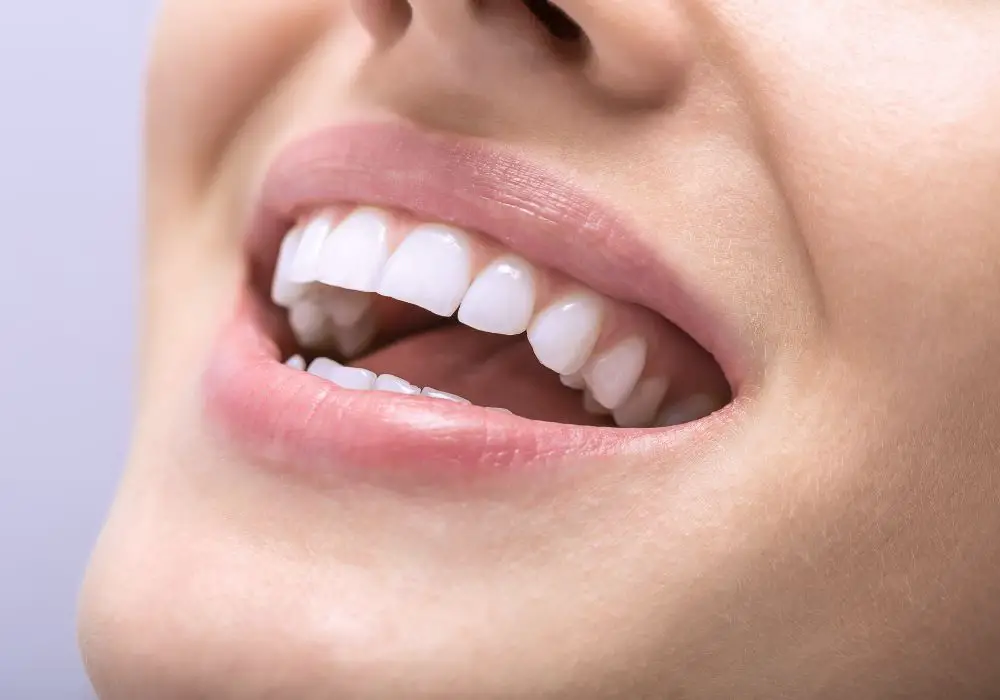
When you look in the mirror, you may notice that your teeth come in different shapes and sizes. Each type of tooth has a unique shape and function that helps you eat, speak, and maintain good oral health. In this section, we’ll explore the four main types of teeth and their functions.
Incisors
Incisors are the front teeth in your mouth and are used for biting into food. They have a flat, sharp edge that helps you cut through food like apples, carrots, and sandwiches. You have eight incisors in total, four on the top and four on the bottom.
Canines
Canines are the pointed teeth located next to your incisors. They have a sharp, pointed edge that helps you tear and shred food. Canines are also used for biting and holding onto food, and they play an important role in your smile. You have four canines in total, two on the top and two on the bottom.
Premolars
Premolars are located between your canines and molars. They have a flat surface with ridges that help you grind and crush food. Premolars are also used for tearing and shredding food, and they play an important role in maintaining the shape of your face. You have eight premolars in total, four on the top and four on the bottom.
Molars
Molars are the largest teeth in your mouth and are located in the back of your mouth. They have a large, flat surface with ridges that help you grind and crush tough foods like meat and nuts. Molars are also used for chewing and grinding food, and they play an important role in maintaining good oral health. You have 12 molars in total, six on the top and six on the bottom.
In summary, your teeth come in different shapes and sizes, and each type of tooth has a unique function that helps you eat, speak, and maintain good oral health. By understanding the types of teeth and their functions, you can take better care of your teeth and enjoy a healthy, beautiful smile for years to come.
Tooth Structure and Components
Teeth are an important part of human anatomy that play a vital role in the process of digestion. Understanding the structure and components of teeth can help you better care for them and maintain good oral health.
Enamel
Enamel is the hard, outermost layer of the tooth that protects it from damage and decay. It is the hardest substance in the human body, even harder than bone. Enamel is made up of 96% minerals, primarily calcium phosphate, which gives it its characteristic hardness. It is also translucent, which allows the underlying dentin to show through. Enamel is not alive and cannot regenerate once it is lost or damaged, so it is important to take good care of your teeth to protect this important layer.
Dentin
Dentin is the layer of the tooth that lies beneath the enamel. It is softer than enamel but harder than bone and makes up the bulk of the tooth. Dentin is made up of small tubes called dentinal tubules that contain nerve endings and can transmit sensations of hot, cold, and pressure. Dentin is also responsible for giving teeth their color, which can range from yellow to gray depending on the thickness and translucency of the enamel.
Pulp
The pulp is the soft, innermost layer of the tooth that contains nerves, blood vessels, and connective tissue. It is responsible for supplying the tooth with nutrients and oxygen and can also transmit pain signals if the tooth becomes damaged or infected. The pulp is surrounded by dentin and protected by the hard enamel layer. If the pulp becomes infected or inflamed, it can lead to a painful condition called pulpitis, which may require root canal treatment to save the tooth.
Understanding the structure and components of teeth can help you better care for them and maintain good oral health. By taking good care of your teeth and visiting your dentist regularly, you can help ensure that your teeth stay healthy and strong for years to come.
Oral Health and Its Importance

Taking care of your oral health is essential for maintaining good overall health. Poor oral hygiene can lead to tooth decay, gum disease, and other serious health problems. In this section, we will discuss the importance of oral health and provide tips for preventing tooth decay and gum disease.
Preventing Tooth Decay
Tooth decay is a common dental problem that occurs when bacteria in your mouth produce acid that destroys your tooth enamel. To prevent tooth decay, it is essential to practice good oral hygiene. Here are some tips:
- Brush your teeth twice a day with fluoride toothpaste.
- Floss daily to remove plaque and food particles from between your teeth.
- Limit sugary foods and drinks, which can promote the growth of bacteria that cause tooth decay.
- Visit your dentist regularly for checkups and cleanings.
Gum Disease Prevention
Gum disease is a serious condition that can lead to tooth loss and other health problems. It occurs when plaque and bacteria build up on your teeth and gums, causing inflammation and infection. Here are some tips for preventing gum disease:
- Brush your teeth twice a day with fluoride toothpaste.
- Floss daily to remove plaque and food particles from between your teeth.
- Use an antiseptic mouthwash to kill bacteria and freshen your breath.
- Eat a healthy diet that is rich in fruits and vegetables.
- Avoid smoking and using tobacco products, which can increase your risk of gum disease.
By following these tips, you can maintain good oral health and reduce your risk of tooth decay and gum disease. Remember to visit your dentist regularly for checkups and cleanings, and to address any dental problems as soon as they arise.
The Connection Between Oral Health and Overall Health
Your oral health is closely linked to your overall health. The mouth is a gateway to the rest of your body, and any problems in your mouth can affect your entire body. In fact, poor oral health has been linked to a range of health issues, including heart disease, stroke, diabetes, and even certain types of cancer.
One reason for this connection is that the bacteria in your mouth can enter your bloodstream and travel to other parts of your body, where they can cause infections and inflammation. For example, if you have gum disease, the bacteria in your mouth can enter your bloodstream and increase your risk of heart disease and stroke.
Another reason for the connection between oral health and overall health is that your mouth can provide important clues about your overall health. For example, certain oral health problems can be a sign of underlying health issues, such as diabetes or HIV/AIDS.
Maintaining good oral health is an important part of maintaining overall health. This means brushing and flossing regularly, visiting your dentist for regular check-ups and cleanings, and avoiding tobacco and excessive alcohol consumption. By taking care of your oral health, you can help reduce your risk of a range of health issues and maintain a healthy body.
Frequently Asked Questions
What is the structure of a tooth?
A tooth has three layers: the enamel, dentin, and pulp. The enamel is the hard, outer layer that protects the tooth from damage. The dentin is the softer, inner layer that supports the enamel. The pulp is the innermost layer that contains the nerves and blood vessels that keep the tooth alive.
What are the different types of teeth and their functions?
There are four different types of teeth: incisors, canines, premolars, and molars. Incisors are used for biting and cutting food. Canines are used for tearing and ripping food. Premolars are used for crushing and grinding food. Molars are used for grinding and chewing food.
What is the anatomy of the human teeth?
The human teeth are composed of different layers, including the enamel, dentin, and pulp. The teeth are anchored to the jawbone by the periodontal ligament and are surrounded by the gums.
What are the names of the different types of teeth?
The different types of teeth are incisors, canines, premolars, and molars. Incisors are located in the front of the mouth and are used for biting and cutting food. Canines are located next to the incisors and are used for tearing and ripping food. Premolars are located between the canines and molars and are used for crushing and grinding food. Molars are located in the back of the mouth and are used for grinding and chewing food.
What is the classification of teeth?
Teeth are classified into four different types based on their shape and function: incisors, canines, premolars, and molars.
What is the function of canine teeth?
Canine teeth are used for tearing and ripping food. They are located next to the incisors and are pointed and sharp, making them ideal for piercing and holding onto food.

